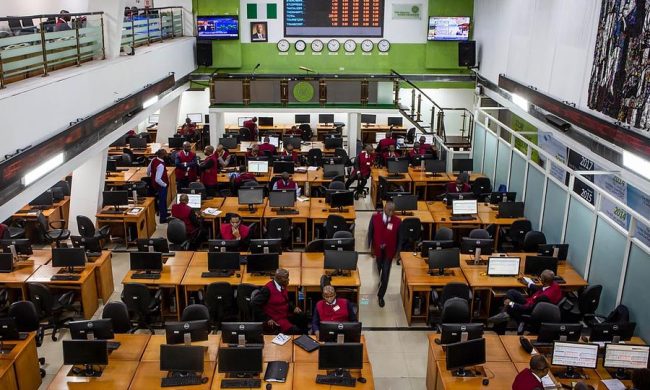Global debt levels have hit $500 billion in the past year to a record $217 trillion, a new study shows, just as major central banks prepare to end years of super-cheap credit policies.
World markets were jarred this week by a chorus of central bankers warning about overpriced assets, excessive consumer borrowing and the need to begin the process of normalizing world interest rates from the extraordinarily low levels introduced to offset the fallout of the 2009 credit crash.
This week, U.S. Federal Reserve chief Janet Yellen has warned of expensive asset price valuations, Bank of England Governor Mark Carney has tightened controls on bank credit and European Central Bank head Mario Draghi has opened the door to cutting back stimulus, possibly as soon as September.
Years of cheap central bank cash has delivered a sugar rush to world equity markets, pushing them to successive record highs. But another side effect has been explosive credit growth as households, companies and governments rushed to take advantage of rock-bottom borrowing costs.
Global debt, as a result, now amounts to 327 percent of the world’s annual economic output, the Institute of International Finance (IIF) said in a report late on Tuesday.
One of the most authoritative trackers of global capital flows, the IIF report highlighted “rollover” risks, especially in emerging markets that have borrowed in hard currencies such as euros and dollars.
Such debts will become costlier to service if Western interest rates rise and currencies strengthen.
While U.S. interest rates have already been raised four times, the euro has surged to one-year highs after Draghi’s comments on Tuesday, while German 10-year government bond yields – the benchmark for euro area borrowing – have doubled over the past two days.
The Fed too seems intent on continuing to tighten policy – Philadelphia Fed President Patrick Harker said this week balance sheet normalization should be put on “autopilot”.
And despite Britain’s tepid economy, several Bank of England rate-setters too voted this month to raise interest rates.
The IIF said the surge in indebtedness was largely down to a $3 trillion rise in debt levels across the developing world, which now have debt totaling $56 trillion. That is 218 percent of their combined GDP, a five percentage point rise over year-ago levels, it said.
China accounted for $2 trillion of this rise, with its debt now at almost $33 trillion, data showed, Reuters reports.
The report acknowledged that advanced economies had continued to deleverage, cutting total public and private debt by more than $2 trillion in the past year, but this was mainly due to the euro zone. Total U.S. debt rose $2 trillion to more than $63 trillion by the first quarter of this year.
First, emerging hard currency-denominated debt rose by $200 billion in the past year – growing at its fastest pace since 2014 – and 70 percent of this was in dollars, its report found.
Second, emerging markets have a hefty debt repayment schedule with more than $1.9 trillion of emerging bonds and loans falling due by end-2018, and 15 percent of this denominated in dollars. The biggest redemptions were in China, Russia, Korea and Turkey, the IIF added.












